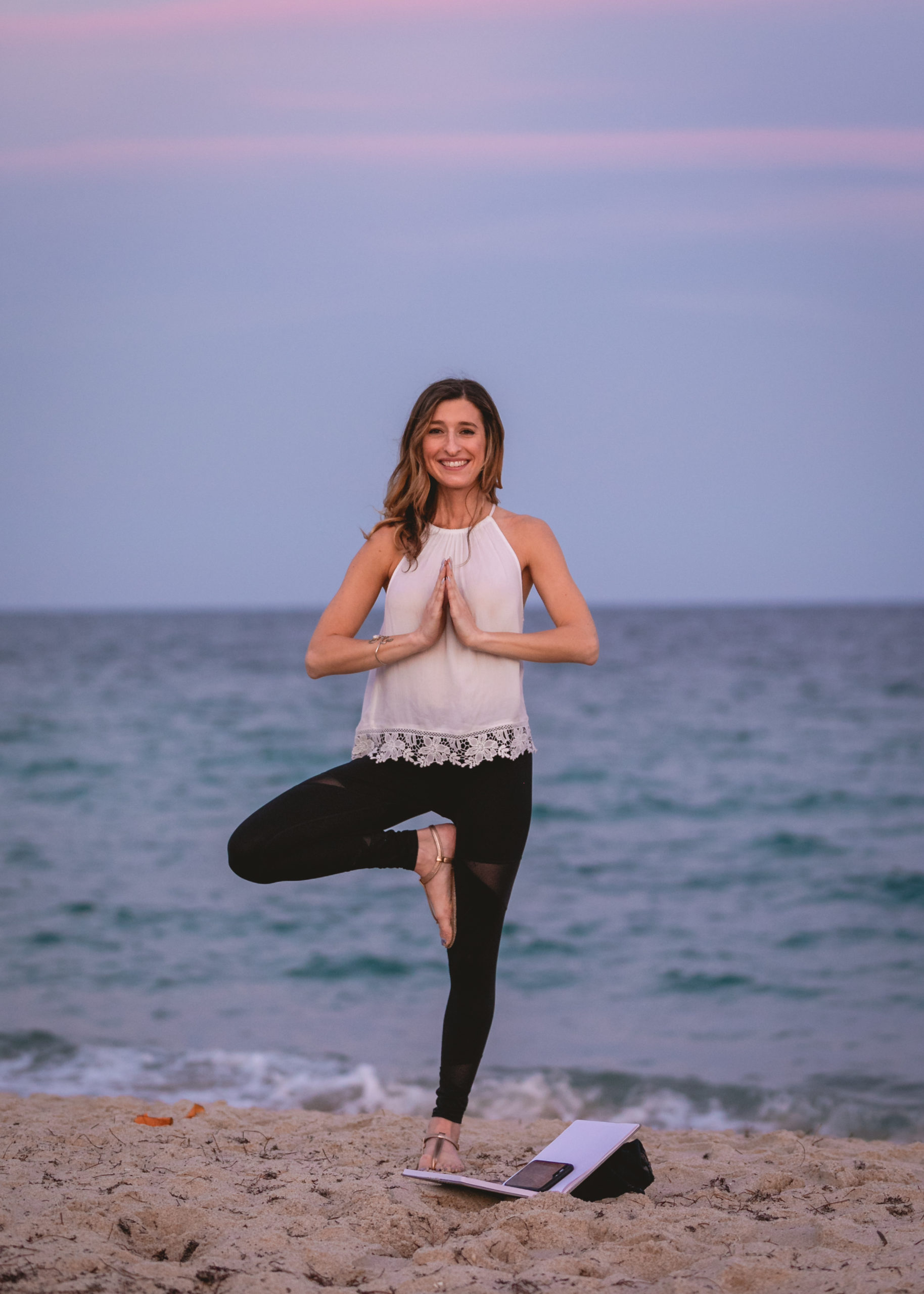
A reflection on strengths and imperfections along the path to self-actualization
Until the age of 23, I never considered the idea of enlightenment. Instead I lived for enjoyment—in search of great friendships and even better memories. Despite my laissez-faire lifestyle, I always felt a nudge towards yoga. The nudge lingered for years before I did anything about it.
Yoga seemed physically demanding and unaffordable. I decided these were sufficient reasons not to try, until the day I came across a program at my alma mater. At a discounted alumna rate of $65 per semester, yoga was suddenly accessible—and I was suddenly out of excuses.
When I finally stepped on the mat, I had no idea that I was practicing only 1 of 8 foundational tenants of yoga. Or that yoga itself evolved as a spiritual pursuit, not a physical exercise. I worked my butt off on the mat for six years before I learned that yoga has been developing for thousands of years.
I was intrigued to discover that somewhere between the 4th and 5th century B.C., Indian scholar Patanjali authored the Yoga Sutras, the foundational text of Ashtanga yoga. (There are many evolutions of yoga, but that’s a story for another essay). In the Sutras, Patanjali outlined the 8 Limb path, which are the ethical practices and philosophies required to achieve spiritual enlightenment—and freedom from suffering.
[table td2=”Patanjali’s 8 Limb Yoga Path” td3=”Patanjali’s 8 Limb Yoga Path”] [td2] [/td2] [td3]
[/td3] [/table]
I had no idea that I was practicing asana, which was originally used to relax the mind and open the body in preparation for seated meditation. When I first began yoga asana, I only knew that I loved how my body felt during and after class. I also realized that I was learning to connect breath with movement and gaining more flexibility and endurance. I felt healthier than ever, but I had no idea that I would soon experience mental benefits as well.
Eventually I wanted to mix things up, so I decided to try a hot yoga studio. From that day on, my practice transformed. The 95-degree heat forced me to deal with extreme discomfort. I wanted to run screaming out of the studio, but I was also determined to stay—mostly out of fear of embarrassment rather than noble resolution.
Nevertheless, I narrowed in on my breath, inhale by exhale, one breath at a time for the entire class. In that 60 minutes, I got my first taste of dharana, the limb of focused attention. I managed to stay on the mat—albeit lying in shavasana for one-third of class—and walked out that evening with a heightened sense of clarity that I will never forget. The memory of that fleeting transcendence has helped sustain my practice for years, despite periods of plateau. Through heated asana, I learned to recognize the urge to turn away from discomfort as it arose in real time.
Previously, events that did not look, taste or feel the way I expected, threw my mind into disarray. Sense rattling incidents like traffic jams, disappointing meals, or tripping and falling felt catastrophic. Today, I can say that is no longer the case. In addition to asana, I began to practice pratyahara—seated mindful meditation—which helped to disconnect from my mental default mode. Through asana and pratyahara, I’ve learned to observe disappointment and either choose to let it go or find a way to release it much more quickly.
While meditation has helped free my mind from trivial reactions, my brain still holds on to past traumas, thoughts, and fears of the future. I have not found a way to live with total contentment as outlined by the niyama state of shaucha. I still on hold on to memories from past as though they are objective threats to my current self. And for a while, I held onto the identity that I was an employee—not an entrepreneur. According the niyamas, practicing asana is one integral method to free one’s self from this mental ailment. Tapas, or a disciplined commitment to letting go of mental attachment is another method.
Since my hot yoga aha moment, I always believed asana and pratyahara could be magic pills of shaucha. I refused to listen to the voice that hinted, I had more work to do. Over the years yoga and meditation have helped reveal an inner voice that whispered I wasn’t pursuing my soul’s deep desires for meaningful work. I heard the whispers, but I still tried desperately to shut her up with more yoga and meditation. I had a great job by all standards, and I was angry at myself for not being grateful for that job. I thought, how could I be so unappreciative?
So, I practiced more yoga. I sat longer in meditation. But the more I practiced the louder the voice spoke. The war raged on in my mind and my inner dialogue became cruel. I struggled with the rule of ahimsa and I spoke to myself and others harshly. Subsequently, the relationship I was in ended and I suddenly realized if I didn’t start loving myself, I could never truly love someone else. And I could only start loving myself, if I truly started allowing my mind, body and soul to unite.
Today, I am showing up on the mat, meditation pillow and in life with a different outlook. Instead of relying on asana and pratyahara to fix me, I am utilizing the practices to help listen to that inner voice. I quit my job and here I am writing and teaching yoga. I see samadhi somewhere in my distant future, but for now I’m an imperfect student walking the path towards contentment and self-love (ahimsa). I only hope that a year from now, my greatest challenges will be my greatest strengths along this humbling path.